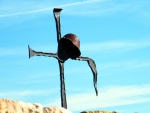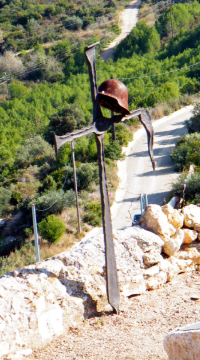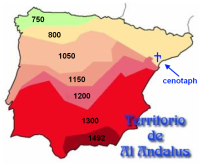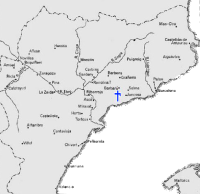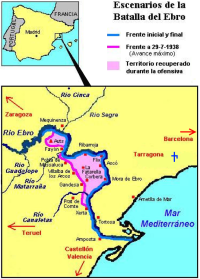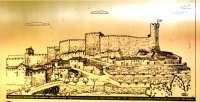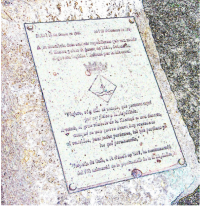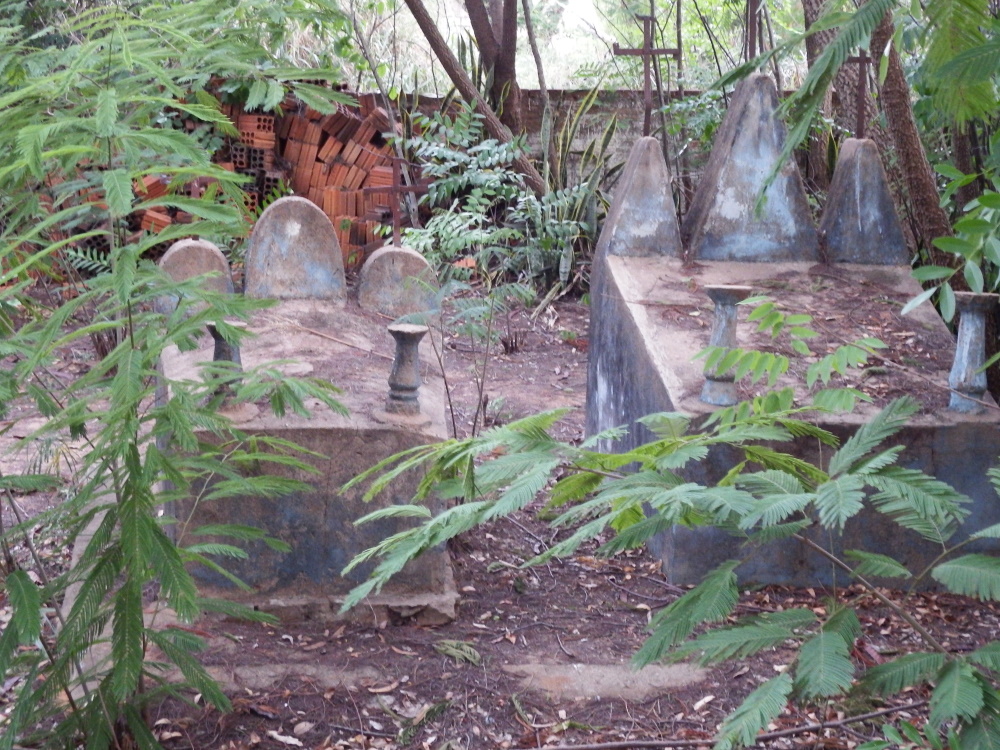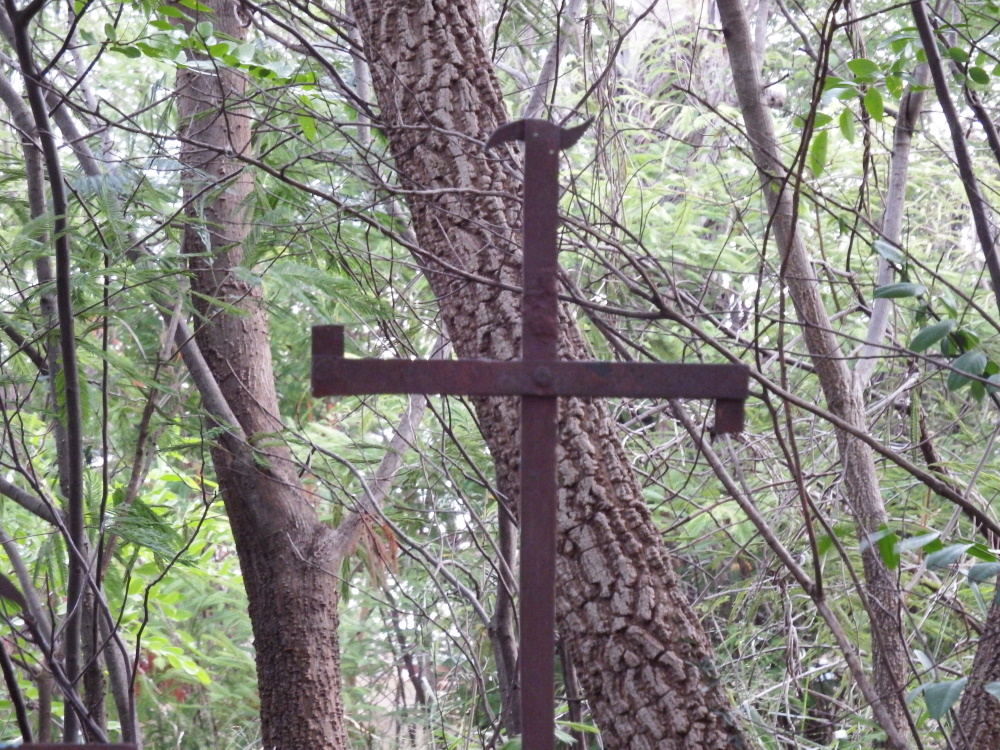Gonfalone Cross

Gonfalone Cross
A: Two things:
1. spelling
2. pronunciation.
Other than that, they are pretty much the same. Usually, a fabric ensign is called a flag when it flies horizontally and is attached to a vertical flagpole, and called a banner when it hangs down from a horizontal pole. If the pole is diagonal, then either term can be used.
This page introduces a particular type of banner called a gonfalone and a hooked cross we call the Gonfalone Cross.
A gonfalone is a banner used in heraldry. It often has streamers or a swallow-tailed lower edge, as though it had been dragged through a battle field. But unlike the banners seen hanging from a pole attached to a wall, the gonfalone is suspended from a crossbar, which in turn is suspended by a cord wrapped around the head of a spear.
In medieval Florence (locally named Firenze, to confuse foreign tourists) gonfalone was a neighbourhood meeting, with each district having its own coat-of-arms. These were often sewn or printed on a cloth, suspended from a crossbar on a pole, so they could be easily transported to and from meeting venues. Later, businesses and craft guilds copied the idea of marking their logos on such banners, which became known gonfalone.
And like many other things adopted by the Church (see Pagan Customs used in Christianity) the gonfalone is also used extensively in ecclesiastical ceremonies.
Where a municipality's gonfalone might feature a cross, and a guild's gonfalone might show a symbol related to their craft or industry, the church gonfalone typically depicts a patron saint or icon. The portability of the design makes these particularly useful for processions.
A type of Gonfalone Cross was found at a cemetery about 100 km west of Barcelona, Catalonia.
Even though the cross has a military helmet attached, it is not marking the actual grave of a soldier; rather it's a cenotaph in honour of Republican soldiers who fought and died protecting the village from Franco's advancing army in the late 1930s.
The church next to the cemetery, Església de Sant Miquel, was part of an XI century Romanic castle and it is believed that Templar knights had fortresses in the area.
Throughout this area's history there have been major battles; the most recent being during the Spanish Civil War (1936-1939). The area was Republican until the end of the war and this cenotaph is in honour of soldiers from the village who died in the 'last big battle'.
Not an isolated incident
A local historian adds valuable information about the area, where people settled at least 6,000 years ago.
(Click any image on this page to enlarge)
Much later, from the IX century onwards, Arabic Muslims controlled Spain just to the south of the area for hundreds of years until XIV century. Eventually the Christian fighters pushed the Muslims south (see Map I), but not before several fierce battles had been waged.
Much of the advance was led by Templar knights, who had built fortresses and castles in the area, as shown on Map II.
The lack of documentary evidence of their presence is compensated by signs such as this Templar Cross carving that may be the remains of a tombstone. (Click any image to enlarge)
The next few hundred years saw Spain scramble to take advantage of newly discovered regions around the world. This irked Spain's neighbours, which led to wars involving France, Britain and Portugal. The turmoil culminated in an economic crisis for Spain in the 19th century and an undermining of the monarchy.
And this brings us to the last major war for the country; the Civil War of 1936-39.
As Franco's nationalists moved into this area to mop up the remnants of the democratically elected republic, the final battles were fought around where the above cenotaph now stands. Many Nationalists and Republicans lost their lives and even today, especially in the in the mountains, it's not difficult to find human bones of fallen soldiers who had nobody to bury them.
In the village now is a church with its graveyard, and the remnants of a castle which have survived the battles.
Next to the cenotaph is a plaque with an inscription that translates as:
To the memory of the Republican soldiers of our village who died in January 1939, defending the lawful government and fighting for freedom.
Note also the coat of arms of the local municipality in the middle of the plaque, and reproduced below the photo.
And our reason for skimming through this history? That curious hook on the cenotaph.
The hook
The hook is similar to the "nut", the angled part of the stock of an Admiralty Pattern anchor, commonly seen in this coastal area. However, nuts are usually rounded, not pointed.
This location has a sorry history of fierce fighting and it's not surprising that a sword is included in the coat of arms of the local municipality.
The coat of arms' jagged-edged sword is not dissimilar to the pointed dangling arm on the cenotaph, so there was speculation that this might represent a sword. As is customary with a Battlefield Cross, the weapon is pointing downwards.
It could just as easily have been a symbol used by the Nationalists, or the Republicans. Perhaps the artisan who fashioned the cross had in mind a particular piece of military hardware, like the jutte. Or perhaps not.
Then finally, Alex Roman pointed out the answer. Yes indeed, there is a fighting association but the point is not of a weapon, rather it is the jagged remains of a banner; i.e., a gonfalone.
Is there more to this?
Absolutely, yes.
The Gonfalone Cross is not restricted to armed forces and patriotism; it has a much more profound religious meaning.
The cross is, of course, a symbol of Christianity with a central belief on the Salvation offered through the Crucifixion of Jesus. A Shrouded Cross can often be seen in churches, especially around the Easter celebrations, and represents the Resurrection of Christ. The Shrouded Cross shows the discarded funeral shroud.
Christians believe that everybody will be resurrected on the Day of Judgement. The gonfalone on a cross marking a grave can therefore remind us of the deceased discarding their funeral shroud when their soul moves on to their eternal life.
The crosses shown below were found on Brazilian graves. It is understood that the deceased were originally from central Europe, had no military background and died before the 1920s when the cemetery closed.
Each cross is adorned by an inri at the top, and also an inverted gonfalone on the opposite arm, pointing upwards. We interpret that to represent rotating movement from life to death and then to eternal life. This concept is quite common in many religions, as seen in the swastika, though we'd welcome comments of alternative views.
The origin of the word "flag" is uncertain, but could be onomatopoeic variation related to flagellation (L. flagellationem). The word "banner" is from the Old French baniere and the L.L. bandum (standard).

